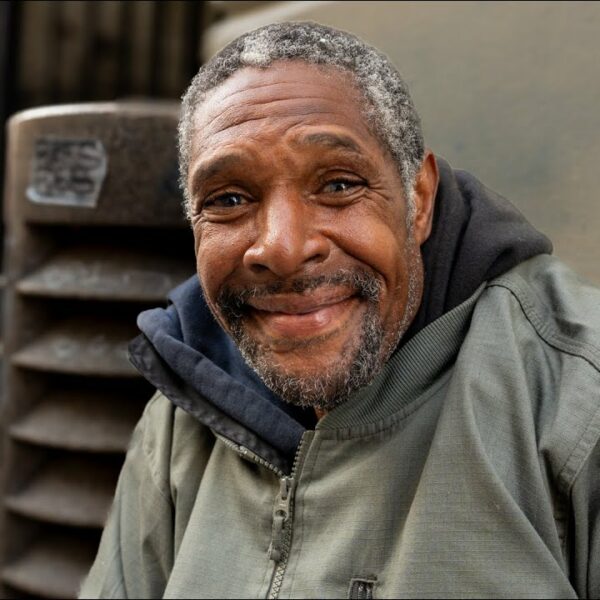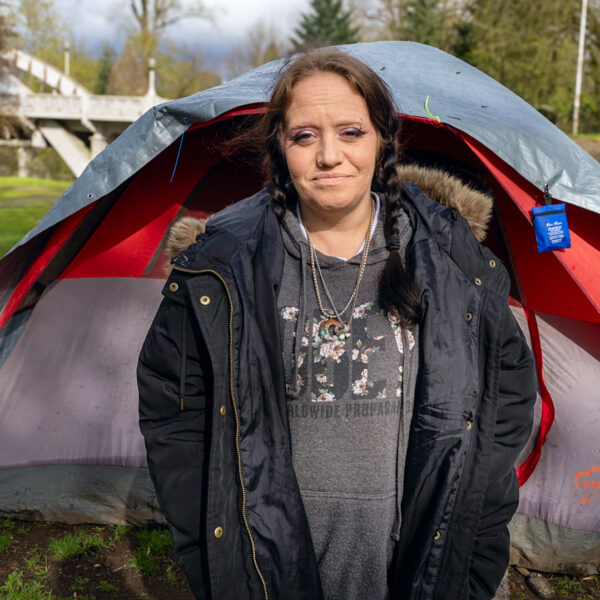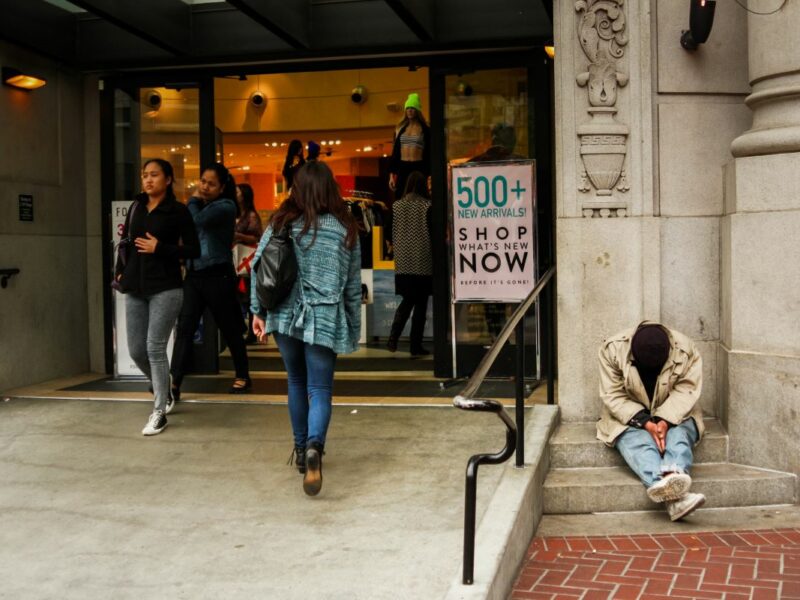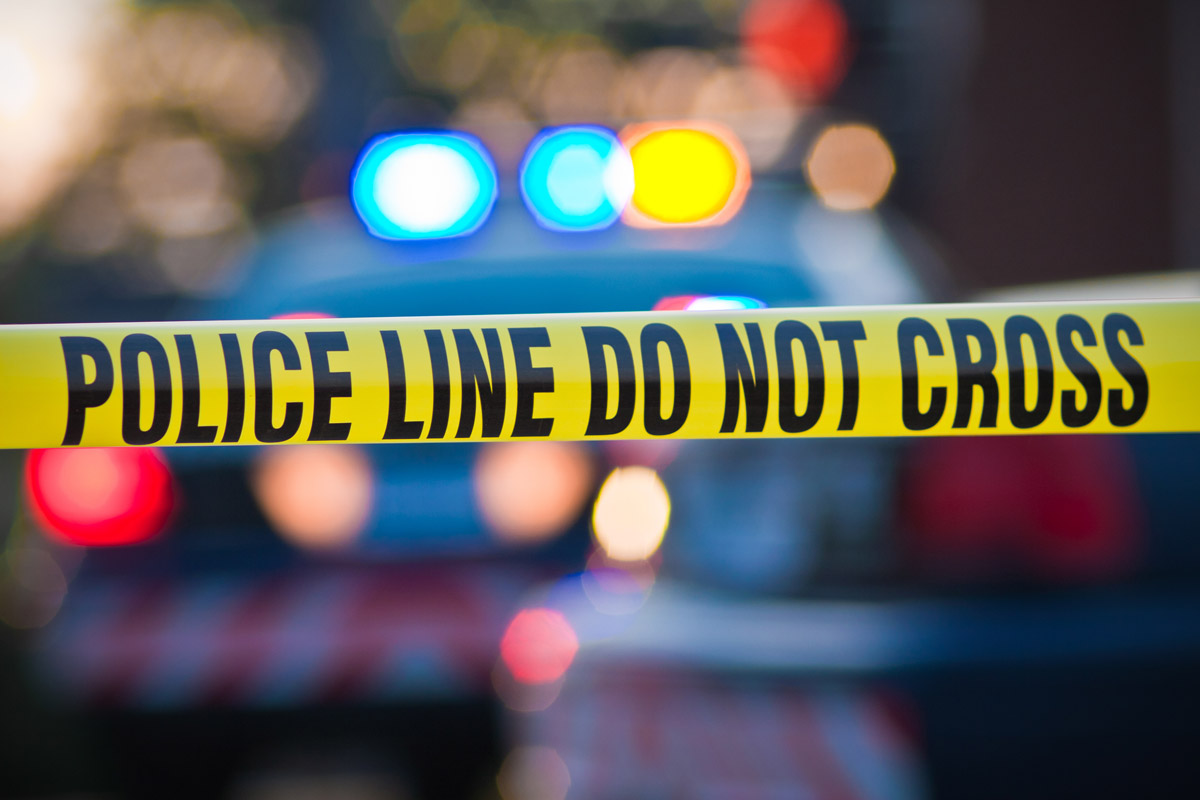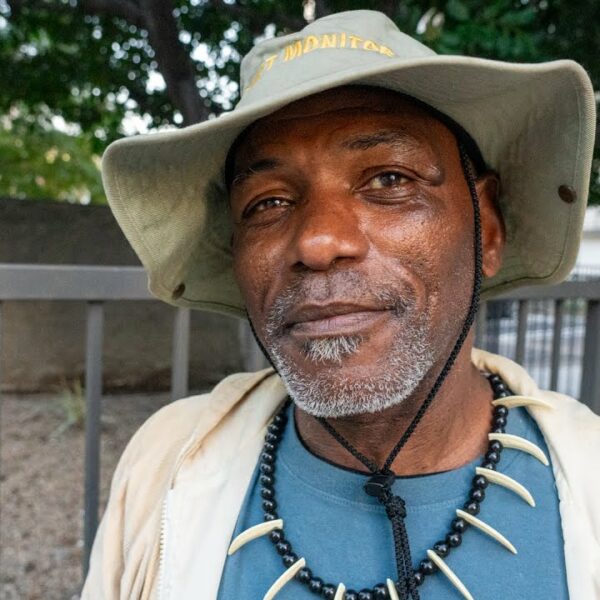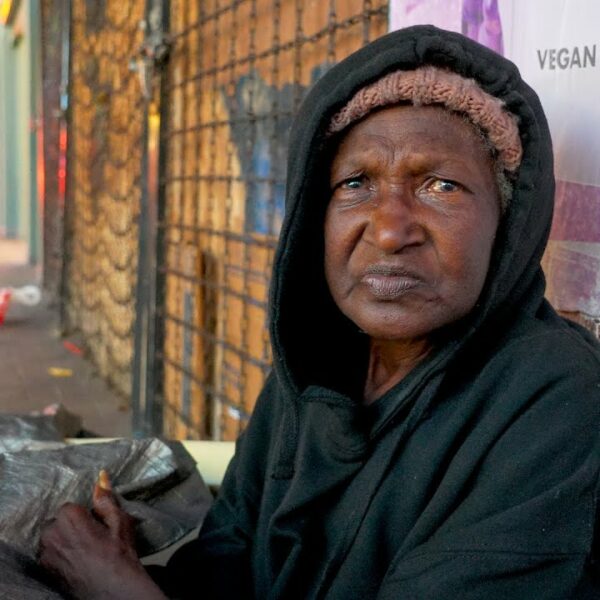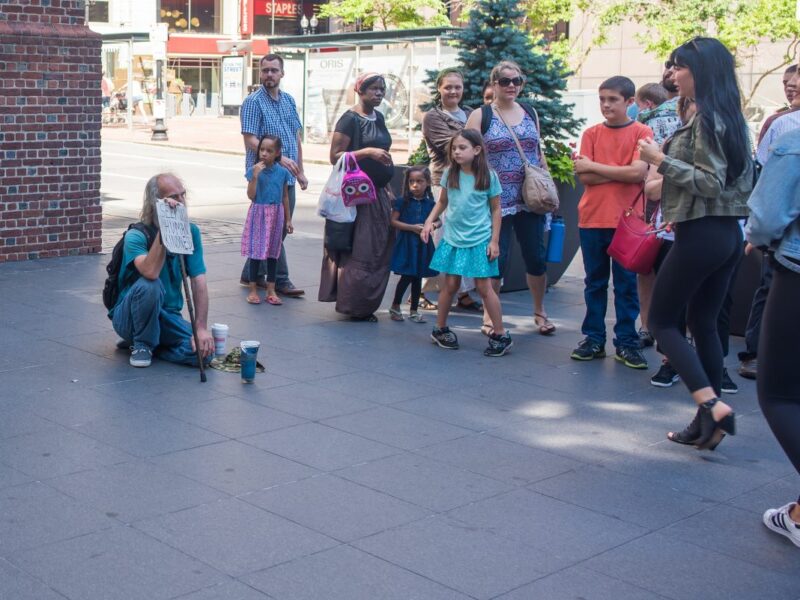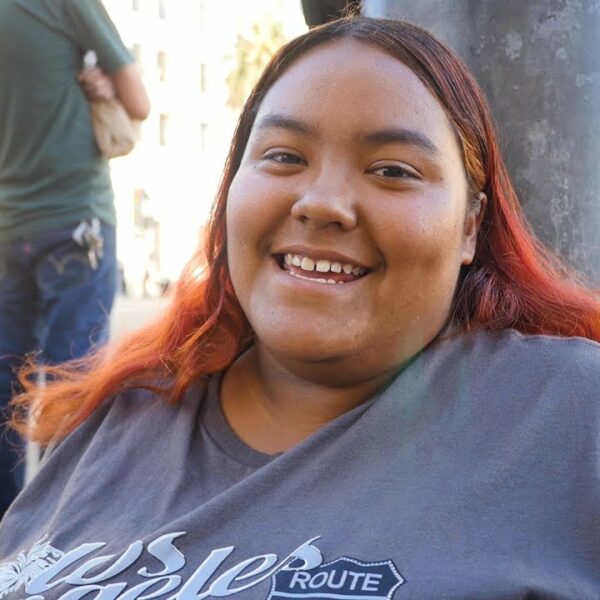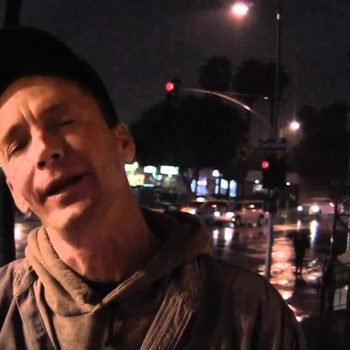Beyond facing general social stigma, people experiencing homelessness are also at an increased risk for being the victims of violence from housed individuals. This violence includes:
- daily harassment
- murder
- assault with deadly weapons
- sexual assault
- police brutality
- multimedia exploitation
And crimes against homeless people are on the rise despite seeing a decrease in overall crime. According to LAPD data, overall crime dropped 8.5 percent during the first half of 2019. During the same time period, crimes against homeless victims increased by 36%.
Last Fall, a story about a man who had a firecracker thrown at him was detailed in LA Magazine. That same month, an investigation profiled those experiencing harassment while living in vehicles.
What’s worse is homeless people are easy targets for the most deadly kind of violence: murder. There have been numerous instances recently of senseless killings against this population.
In Lansing, Michigan, a man was found dead in his tent located in a common place for homeless people to camp. According to the local police chief, the man sustained injuries that led to death. In Queens, NY, another man was killed in broad daylight and left to die in an abandoned home. Earlier this month, three homeless people were shot and killed in Atlanta. These are just a sample of the crimes that were reported. Without a doubt, there are many more cases of fatal violence that go unreported.
Victimizing Homeless People
Violence doesn’t necessarily come in overt, physical forms. Covert tactics can be just as damaging. A recent incident in Huntington Beach, CA demonstrated the lengths some folks will go to victimize this population. A man was arrested and charged with eight felony counts for poisoning food given to homeless people. Working with a minor, he distributed pizza laced with oleoresin capsicum to individuals over a week’s period in mid-May.
According to the county district attorney’s office, the substance “is twice as strong as the pepper spray used by police, and their reactions to the poisoned food were filmed.” Although there were no fatalities, the eight victims “suffered a variety of symptoms including seizure-like symptoms, difficulty breathing, vomiting, and intense mouth and stomach pain. Several of the victims required hospitalization.”
Something Wasn’t Right
Jason Lewandowski, one of the victims, said a young teenager in a white van approached and offered him and his two friends slices of pizza from 7-Eleven. As food is often offered to homeless individuals, the group “didn’t think anything of it.” However, as soon as Lewandowski bit into the pizza, he could tell something was not right.
“I’ve been pepper sprayed before. It was not anything like that.”
One of his friends, who ate the entire slice, had a more severe reaction. According to Lewdonowski, his friend was “crying, sweating, and coughing as if he would choke for several hours.” Lewdonowski ran to the local 7-Eleven to purchase milk for him and his friend. There he saw the same boy who gave him the slices with a man. The two were buying more pizza. Lewdonowski wrote down their license plate number.
This horrendous act shocked the Huntington Beach Police Chief Robert Handy:
“The inhumane nature of the crimes combined with targeting a vulnerable population shocks the conscience. The fact that an adult criminal would involve a juvenile is even more reprehensible.”
As of last Friday, the perpetrator of the crime remained in custody on $500,000 bail, with a court date scheduled sometime in July.
Only Six States Classify Homelessness as a Protected Status
In order for victims to get the justice they deserve, these crimes must be designated as hate crimes. Currently, there are only six states that classify homelessness as a protected status against these crimes: Alaska, Florida, Maine, Maryland, Rhode Island and Washington.
A bill that would have given homeless people protected status in California failed to pass state assembly last year. Perpetrators of senseless violence ought to be held accountable for their actions and harm. Even when necessary classification is in place, it is up to allies and advocates to help protect this vulnerable population. Talk to your representatives about making attacks targeting homeless people chargeable as hate crimes.



